Guohua Gu
Fast optical refocusing through multimode fiber bend using Cake-Cutting Hadamard encoding algorithm to improve robustness
Jul 27, 2022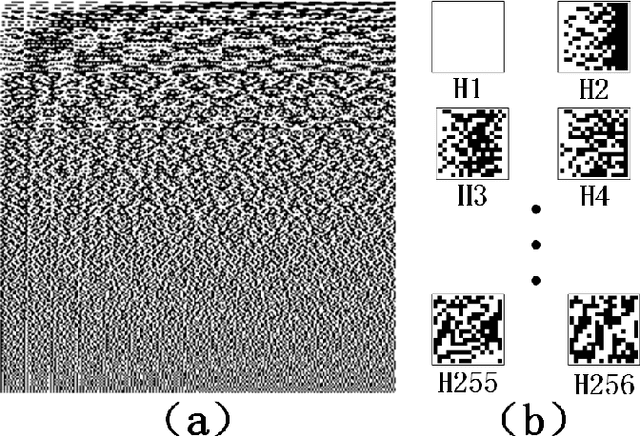

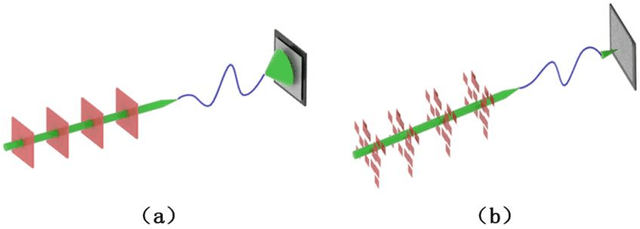
Abstract:Multimode fibres offer the advantages of high resolution and miniaturization over single mode fibers in the field of optical imaging. However, multimode fibre's imaging is susceptible to perturbations of MMF that can lead to secondary spatial distortions in the transmitted image. Perturbations include random disturbances in the fiber as well as environmental noise. Here, we exploit the fast focusing capability of the Cake-Cutting Hadamard coding algorithm to counteract the effects of perturbations and improve the system's robustness. Simulation shows that it can approach the theoretical enhancement at 2000 measurements. Experimental results show that the algorithm can help the system to refocus in a short time when MMFs are perturbed. This research will further contribute to using multimode fibres in medicine, communication, and detection.
Multi-feature driven active contour segmentation model for infrared image with intensity inhomogeneity
Nov 25, 2020Abstract:Infrared (IR) image segmentation is essential in many urban defence applications, such as pedestrian surveillance, vehicle counting, security monitoring, etc. Active contour model (ACM) is one of the most widely used image segmentation tools at present, but the existing methods only utilize the local or global single feature information of image to minimize the energy function, which is easy to cause false segmentations in IR images. In this paper, we propose a multi-feature driven active contour segmentation model to handle IR images with intensity inhomogeneity. Firstly, an especially-designed signed pressure force (SPF) function is constructed by combining the global information calculated by global average gray information and the local multi-feature information calculated by local entropy, local standard deviation and gradient information. Then, we draw upon adaptive weight coefficient calculated by local range to adjust the afore-mentioned global term and local term. Next, the SPF function is substituted into the level set formulation (LSF) for further evolution. Finally, the LSF converges after a finite number of iterations, and the IR image segmentation result is obtained from the corresponding convergence result. Experimental results demonstrate that the presented method outperforms the state-of-the-art models in terms of precision rate and overlapping rate in IR test images.
Infrared target tracking based on proximal robust principal component analysis method
Oct 11, 2020



Abstract:Infrared target tracking plays an important role in both civil and military fields. The main challenges in designing a robust and high-precision tracker for infrared sequences include overlap, occlusion and appearance change. To this end, this paper proposes an infrared target tracker based on proximal robust principal component analysis method. Firstly, the observation matrix is decomposed into a sparse occlusion matrix and a low-rank target matrix, and the constraint optimization is carried out with an approaching proximal norm which is better than L1-norm. To solve this convex optimization problem, Alternating Direction Method of Multipliers (ADMM) is employed to estimate the variables alternately. Finally, the framework of particle filter with model update strategy is exploited to locate the target. Through a series of experiments on real infrared target sequences, the effectiveness and robustness of our algorithm are proved.
Thermal Infrared Colorization via Conditional Generative Adversarial Network
Nov 05, 2018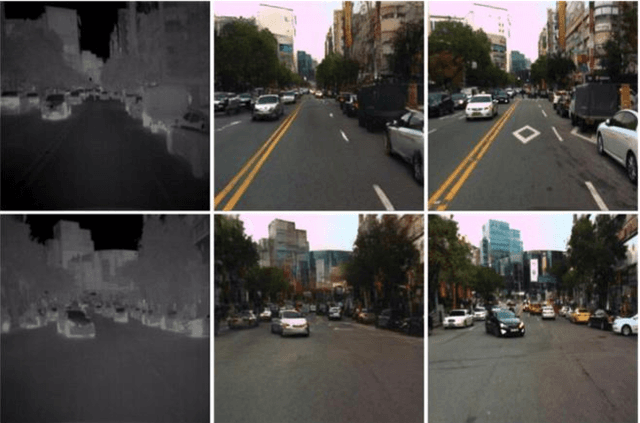

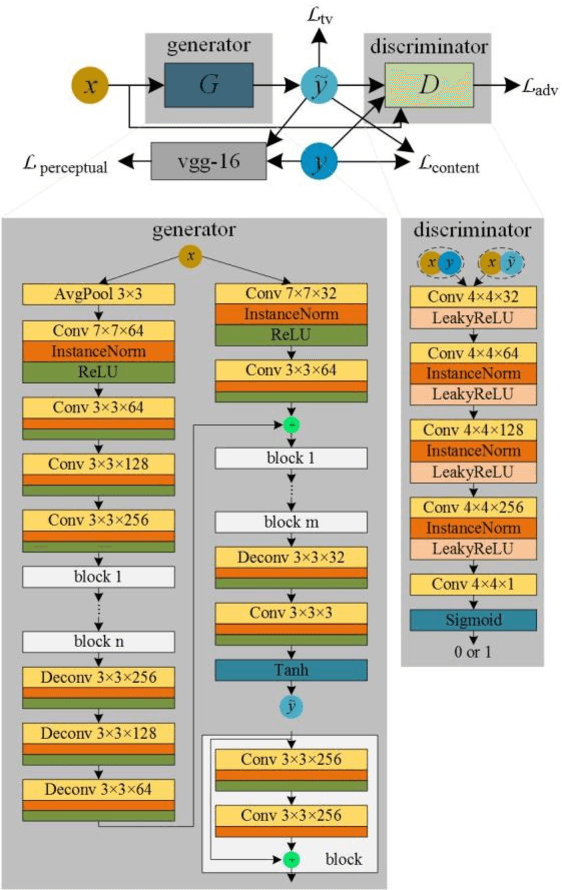
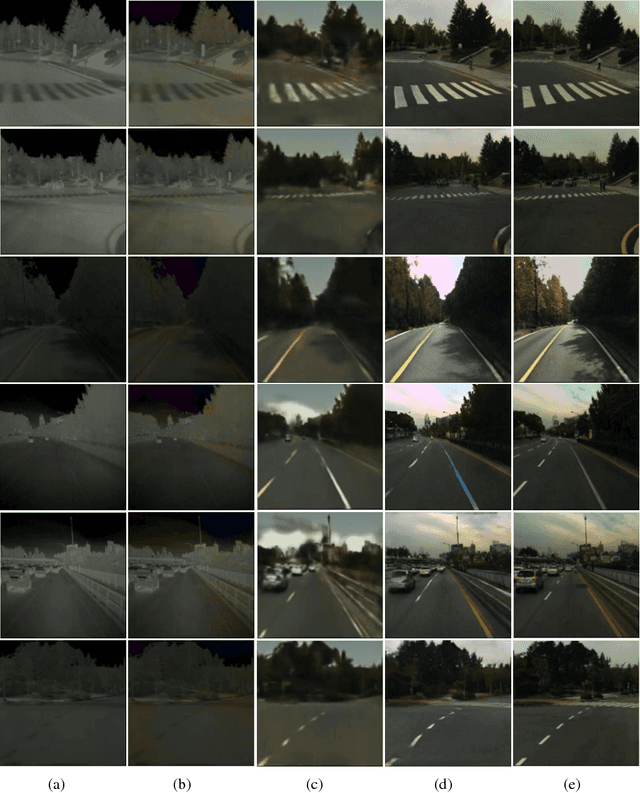
Abstract:Transforming a thermal infrared image into a realistic RGB image is a challenging task. In this paper we propose a deep learning method to bridge this gap. We propose learning the transformation mapping using a coarse-to-fine generator that preserves the details. Since the standard mean squared loss cannot penalize the distance between colorized and ground truth images well, we propose a composite loss function that combines content, adversarial, perceptual and total variation losses. The content loss is used to recover global image information while the latter three losses are used to synthesize local realistic textures. Quantitative and qualitative experiments demonstrate that our approach significantly outperforms existing approaches.
Adaptive compressed 3D imaging based on wavelet trees and Hadamard multiplexing with a single photon counting detector
Sep 15, 2017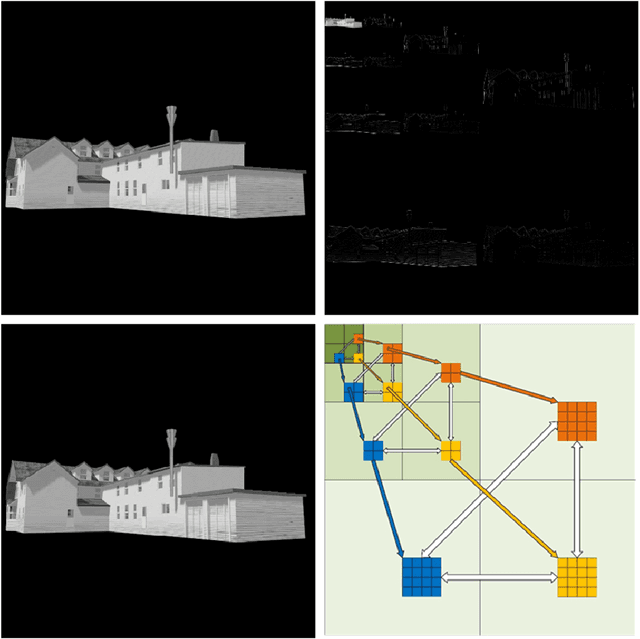

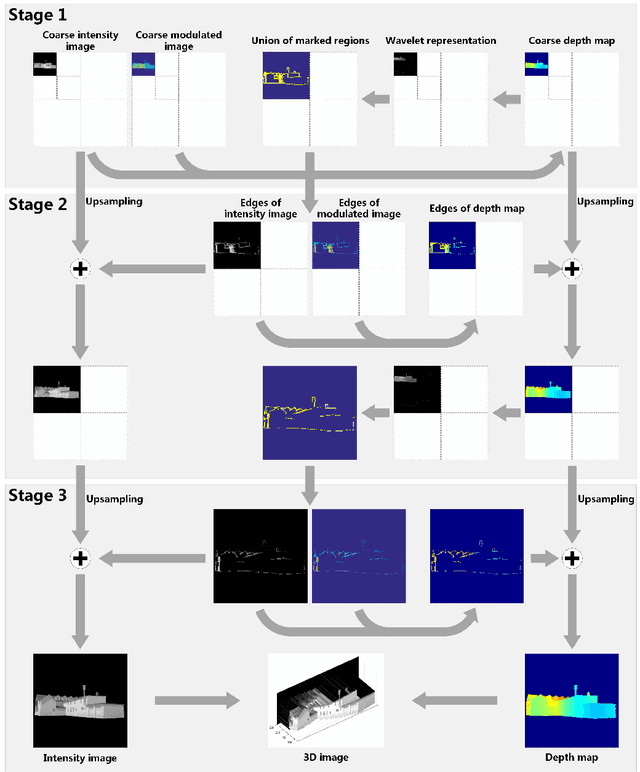

Abstract:Photon counting 3D imaging allows to obtain 3D images with single-photon sensitivity and sub-ns temporal resolution. However, it is challenging to scale to high spatial resolution. In this work, we demonstrate a photon counting 3D imaging technique with short-pulsed structured illumination and a single-pixel photon counting detector. The proposed multi-resolution photon counting 3D imaging technique acquires a high-resolution 3D image from a coarse image and edges at successfully finer resolution sampled by Hadamard multiplexing along the wavelet trees. The detected power is significantly increased thanks to the Hadamard multiplexing. Both the required measurements and the reconstruction time can be significantly reduced by performing wavelet-tree-based regions of edges predication and Hadamard demultiplexing, which makes the proposed technique suitable for scenes with high spatial resolution. The experimental results indicate that a 3D image at resolution up to 512*512 pixels can be acquired and retrieved with practical time as low as 17 seconds.
 Add to Chrome
Add to Chrome Add to Firefox
Add to Firefox Add to Edge
Add to Edge